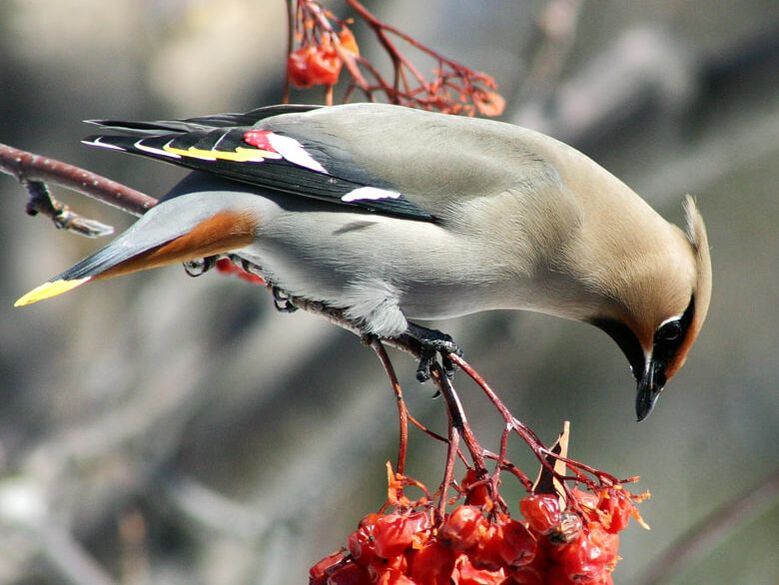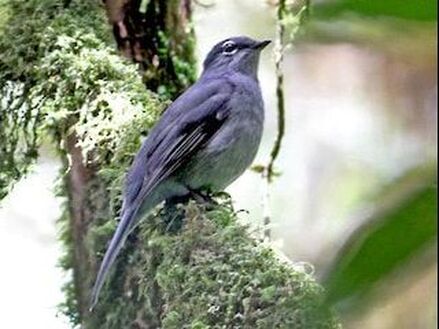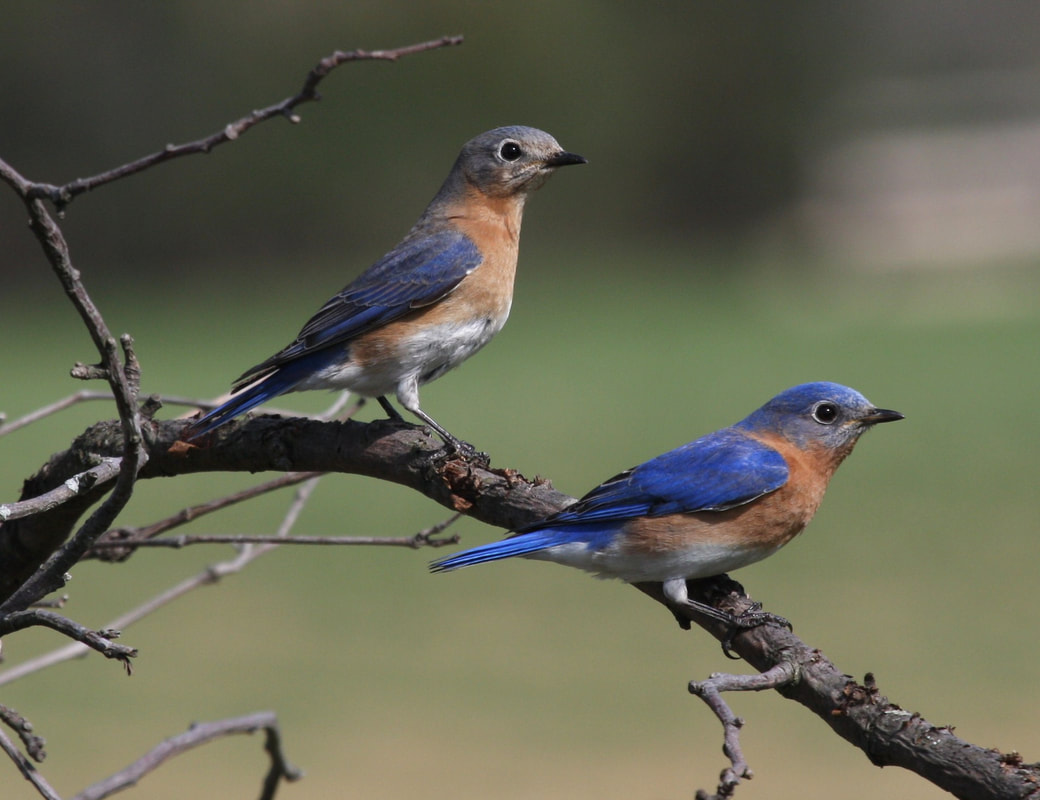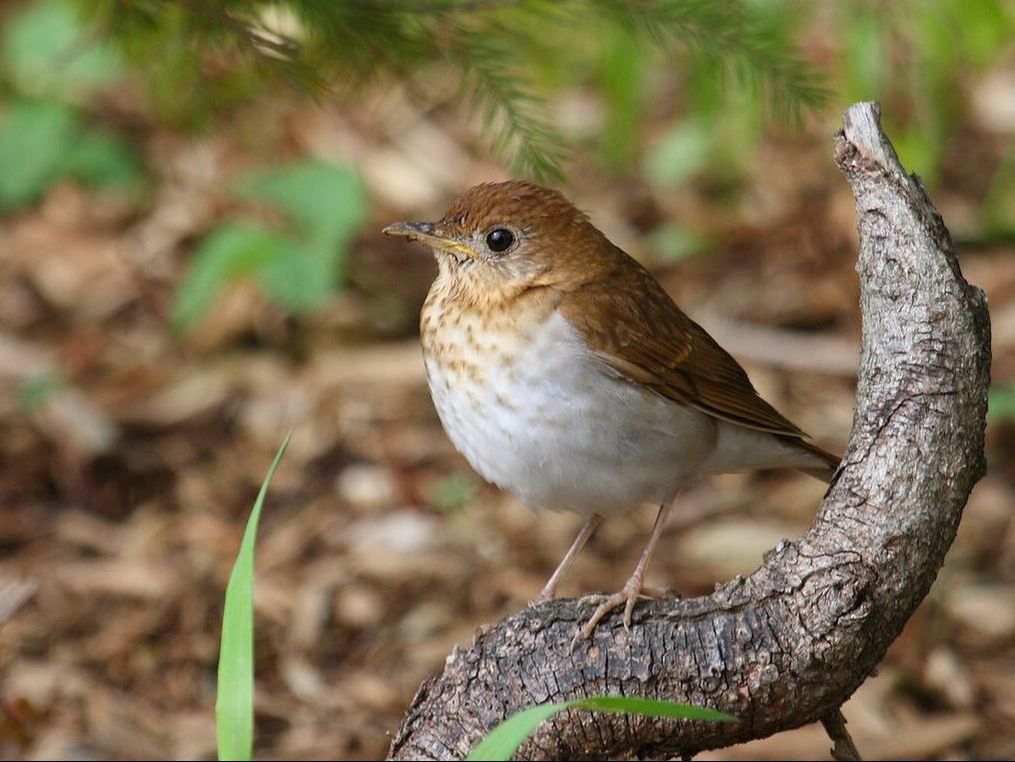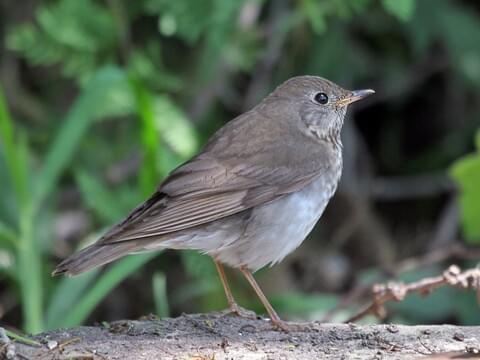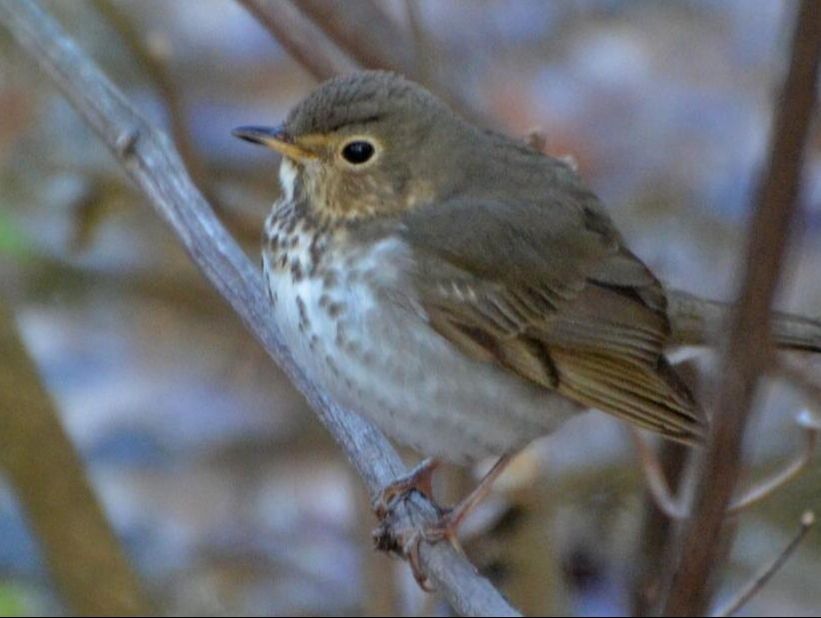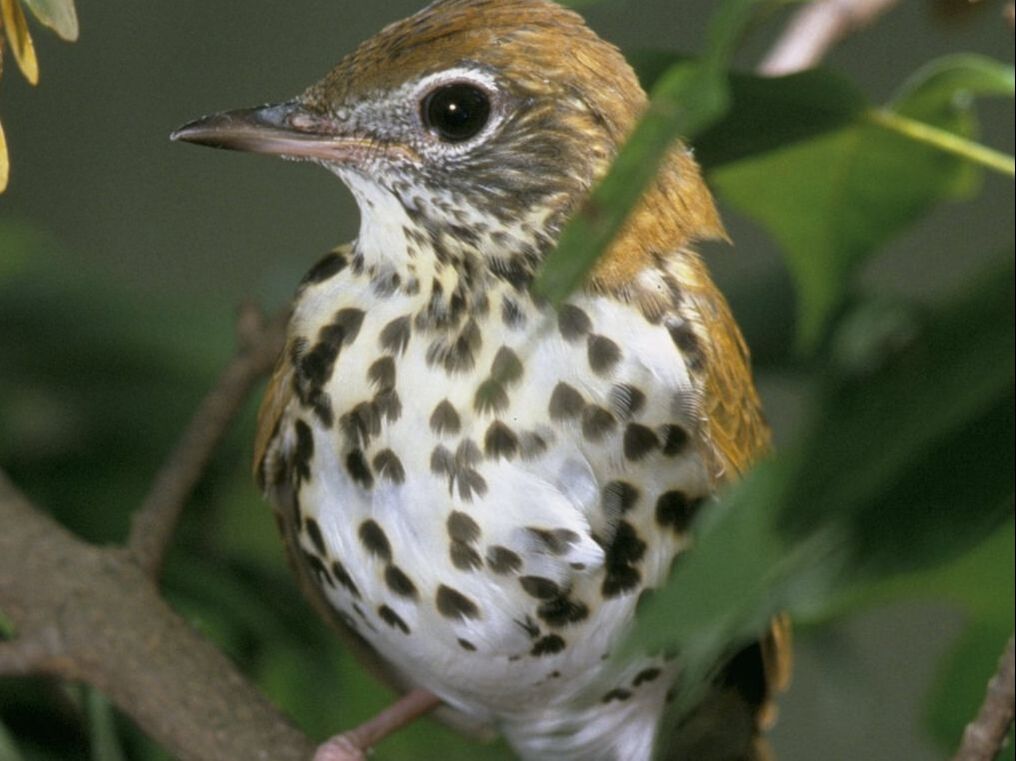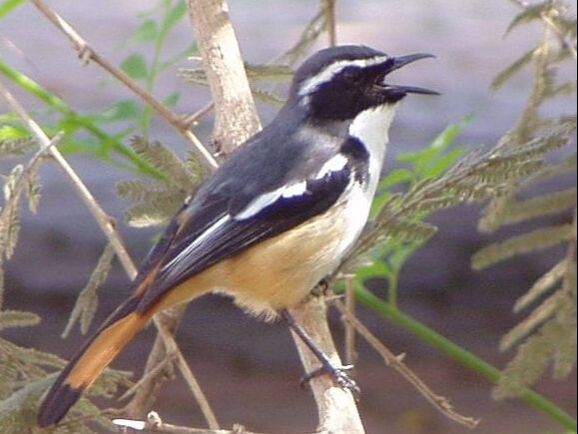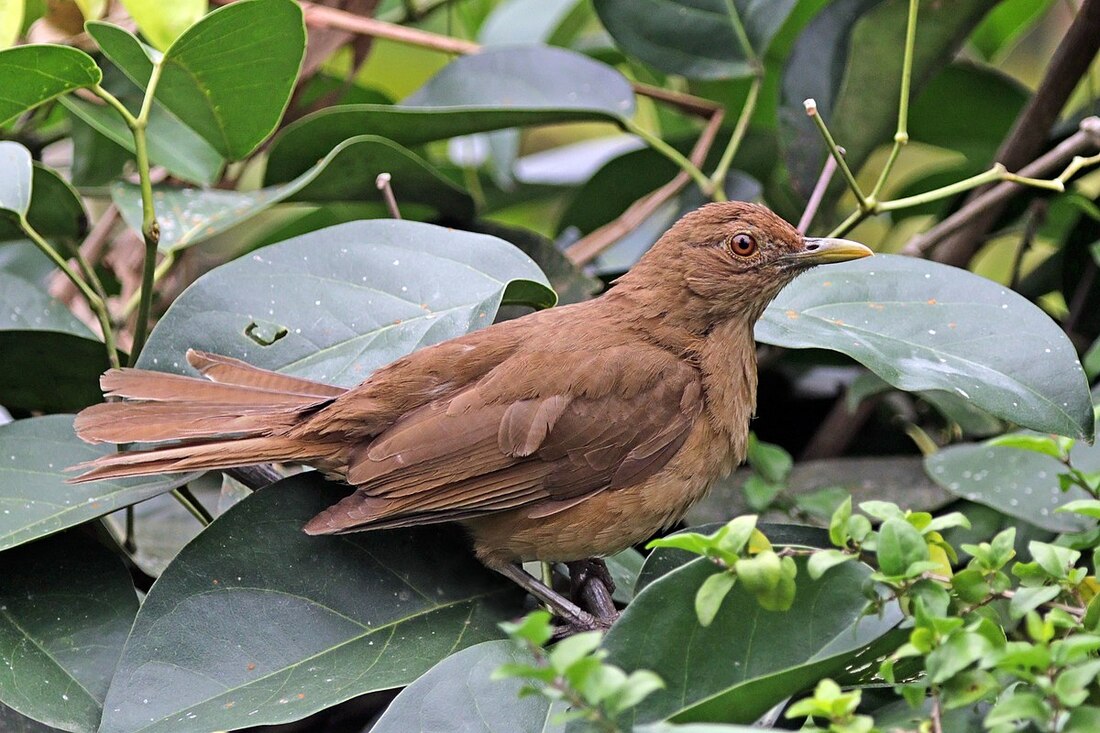Waxwing & Thrushes - in Belize
Cedar Waxwing
Cedar Waxwing - This medium-sized passerine is brown overall with a pale yellow wash on the belly. It is named for the waxy red tips on some of the wing feathers. Also look for the yellow-tipped tail, sleek crest, short bill, and black mask and throat bordered by white. Thin, high-pitched call is distinctive. Usually in flocks in open woods and edges of woodlands. Often perches in tops of leafless trees. Shifts diet from insects to primarily berries in the fall and winter.
BELIZE HABITAT - Most wooded habitats, usually in conaopy. Feeds on berries. Where can I find this bird in Belize? Irregular winter visitor, mid December to early May. Never common and in some winters may be absent. |
Slate-Colored Solitare
Slate Colored Solitare - Slender, long-tailed thrush of humid evergreen forest in foothills and highlands. Best known for is ethereal, fluty song; thus, sadly, often sought for the cage bird trade. Usually seen singly, perched quietly and rather upright at low to high levels in forest, but a few may gather at fruiting trees with other species. Plumage slaty gray overall. Broken white eyering is thicker than Brown-backed Solitaire, which is more often a bird of pine-oak forest.
BELIZE HABITAT - Midlevels to canopy within montane broadleaf forest. Where can I find this bird in Belize? Common resident above 2,000 feet in Maya Mountains; occasionally at lower elevations in winter. |
Eastern Bluebird
Eastern Bluebird - Adult males have dark blue head, back, and wings. Breast and sides are deep orange with orange sometimes bleeding onto back. Females are grayer overall with orange on breast, blue usually restricted to wings and tail. Favors fields with some trees and open woods. Often in small groups. Frequently perches on wires or fence posts. Nests in cavities. Range barely overlaps Eastern Bluebird, but note orange on back of males and grayer belly and sides of neck on female.
BELIZE HABITAT - Midlevel strata within submontane pine forest clearings and edge. Where can I find this bird in Belize? Uncommon resident in Mountain Pine Ridge. |
Veery
Veery - Warm-colored thrush, with bright reddish-brown tones above, buffy breast, and white belly. Spots are indistinct and washed out, concentrating on upper breast. Beautiful song is cascading spiral of flute-like notes. Found in a variety of wooded habitats, often favoring wetter areas. Winters in South and Central America; very rare in the U.S. after October, unlike Hermit Thrush.
BELIZE HABITAT - Understory and ground within most broadleaf forest types. Where can I find this bird in Belize? Uncommon to fairly common autumn and spring transient, mid-September to late November and mid-April to late May. Most often seen on cayes. Both the more eastern fuscescens and western saliciola ssp. pass through Belize, with salicicola generally more frequent. |
Gray-Cheeked Thrush
Gray Cheeked Thrush - Ethereal song rings through breeding grounds in northern spruce forest; found in thickets and forest understory during migration, when it tends to be shy and hard to find. To distinguish from other Catharus thrushes, note very faint eyering and plain gray face. Small bill with yellow base. Grayer face than Swainson's Thrush and lacks buffy eyering. Nearly identical to Bicknell's Thrush, which shows slight reddish wash to plumage. Song is a stuttering series of descending phrases with a notably wiry tone. Call a high-pitched, piercing "pzeeer."
BELIZE HABITAT - Understory and ground within most broadleaf forest types. Where can I find this bird in Belize? Uncommon autumn and spring transient, late September to mid-November and mid-April to late May. |
Swainson's Thrush
Swainson's Thrush - Uniform medium-brown above from head to tail. Distinctive pale, buffy eyering and face separates Swainson's from other thrushes. Spots are concentrated and clearly defined on upper breast, becoming smudgier towards belly. Breeds in the boreal forest. Migrates to South America for winter; very rare in the U.S. after October, unlike Hermit Thrush. Its song is flute-like, ascending spiral like Veery in reverse.
BELIZE HABITAT - Understory and ground within most broadleaf forest types. Where can I find this bird in Belize? Fairly common to common autumn to spring transient, mid-September to early November and late March to late May; occasionally remaining through winter, primarily in south. |
Wood Thrush
Wood Thrush - Boldly patterned thrush is bright rusty-brown above with black spots on the white belly. Smaller than a robin, but larger than Hermit Thrush. Sticks to wooded areas, often hopping on the ground. More often heard than seen: listen for its incredible, flute-like song. Population is declining; winters in Central America.
BELIZE HABITAT - Understory and ground within most broadleaf forest types. Where can I find this bird in Belize? Common winter visitor, late September to early May. |
White-Throated Robin
White Throated Robin - Large, long-billed robin that spends much of its time on the ground with tail cocked. The male has bluish upperparts, a dark face, a white supercilium, a broad black tail, and bright orange underparts. The female has gray underparts, a faintly mottled breast, a whitish throat, and orange sides. Breeds on high-altitude mountain slopes covered with dense scrub. On migration shows up in a variety of scrubby habitats. Calls similar to nightingales, including clear whistles and a low croak.
BELIZE HABITAT - Midleve3ls to sub-canopy within montane and foothill broadleaf forest interior and forest edge. Where can I find this bird in Belize? Common resident at mid and high elevations in Maya Mountains; less common in the hills of west Orange Walk; occasionally in lowlands in winter. |
Clay-Colored Robin
Clay Colored Robin
BELIZE HABITAT - Ground to sub-canopy within most broadleaf forest types, usually at or near edge, seldom deep within interior; also parks, towns, and other open areas with scattered trees. Where can I find this bird in Belize? Common resident at low and mid-elevations on mainland; occasionally on Ambergris Caye. |

